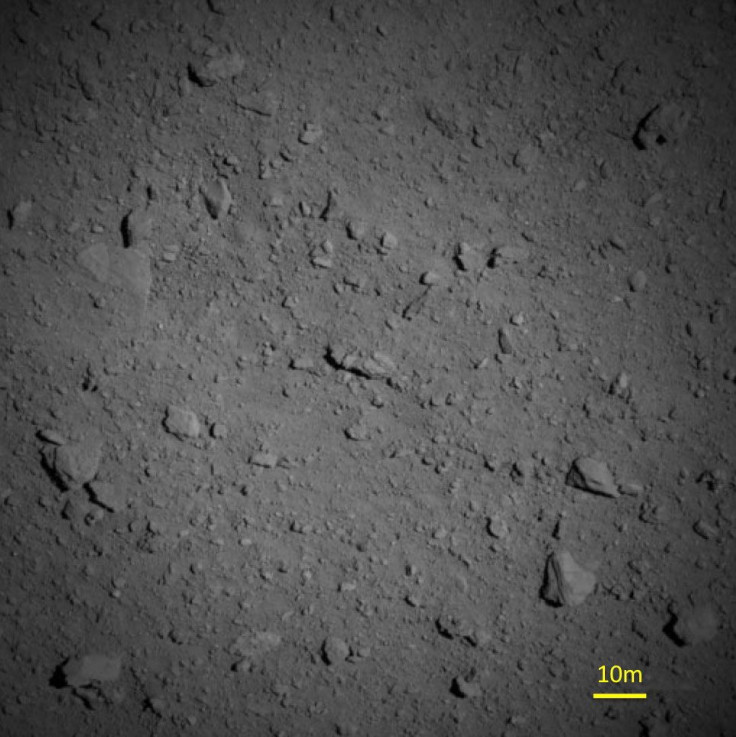NASA Needs Help With ‘Potentially Hazardous’ Asteroid, Volunteers To Map Bennu’s Surface

NASA’s Osiris-Rex mission has seen a successful trip making its way to the asteroid Bennu. Due to unforeseen circumstances, however, the space agency is asking the people to help them make the mission a complete success -- by helping it take samples to bring back to Earth.
Osiris-Rex arrived at Bennu on Dec. 3, 2018 and surprised the team at NASA with what it found, CNet reported. NASA discovered that the asteroid features extremely rocky terrain that makes it impossible for the spacecraft to land safely on the surface, much less to extract samples it is meant to bring home to Earth for study.
"Bennu has surprised us with an abundance of boulders," Rich Burns, Osiris-Rex project manager at NASA Goddard Space Flight Center, said as per CNet.
Apollo legacy
Because of this, NASA has announced that it is asking the public to help locate a safe landing spot for the Osiris-Rex so that it can carry on with its mission and, eventually, pick up rock samples to take home, just like what the Apollo missions did to the moon.
“The OSIRIS-REx mission will continue the Apollo legacy by giving scientists precious samples of an asteroid,” Lori Glaze, director of the Planetary Science Division at NASA Headquarters in Washington, said in a press release.
Citizen scientists
NASA said “citizen scientists,” or anybody interested and willing to lend their time and skills, can help the mission by measuring the boulders on Bennu’s surface and mapping its rocks and craters using a web interface.
The interface, created in partnership with CosmoQuest, also allows “Bennu Mappers” to mark interesting features that might need further investigation. NASA said the mapping work will require volunteers to make precise measurements and keen observations, but it’s not difficult.
Those interested to join the mission and help map the surface of Bennu, which is considered a “potentially hazardous” asteroid, can sign up on the CosmoQuest website. The interface itself requires a computer with a large screen wide enough to see details clearly, and a mouse or trackpad capable of making precise marks.
For those who sign up, the CosmoQuest team has prepared in interactive tutorial and also provides user assistance via streaming sessions on Twitch, as well as personal interactions via a Discord community.

© Copyright IBTimes 2025. All rights reserved.





















